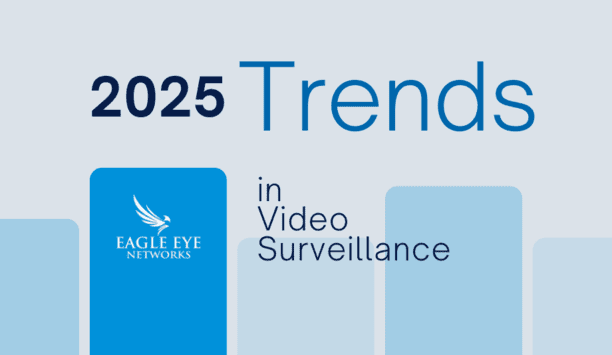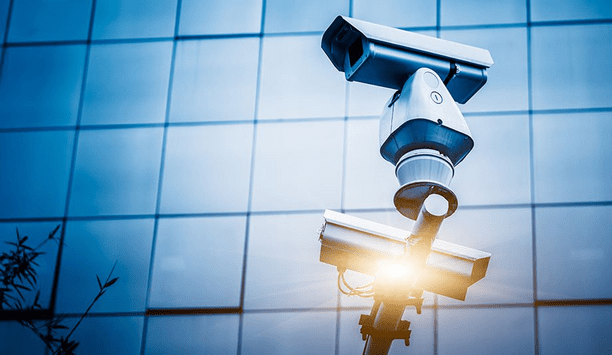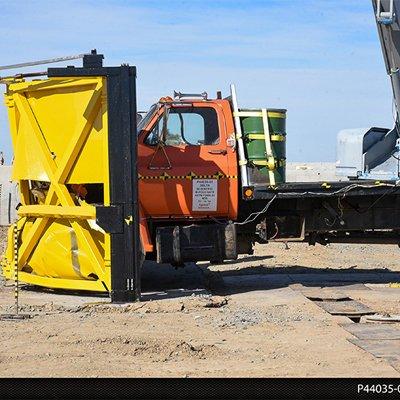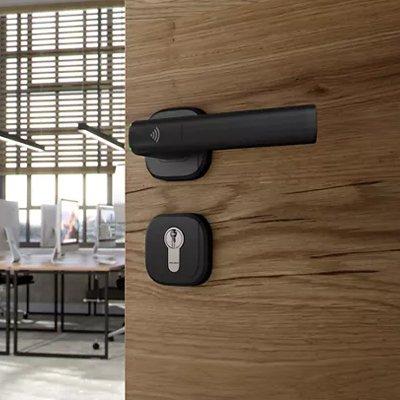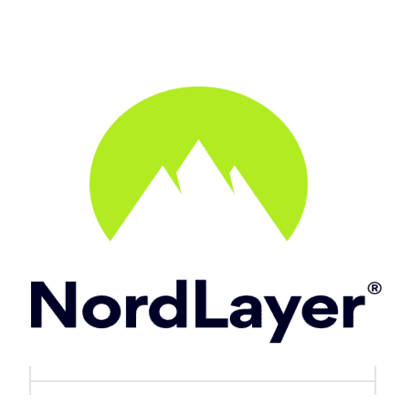We close a historic year for the video surveillance industry: HD security cameras dominate the market for the first time, while overall camera sales are growing even stronger than ever, as security customers are accelerating replacements, finally able to get HD CCTV.
As of 2016, “4K” replaces “HD” as our industry’s code word for highest-resolution video. Trade show demos of 4K cameras are as common now as HD camera demos were in 2008.
4K technical challenges and options
However, 4K surveillance faces diverse technical challenges. Every element in the video surveillance collection chain — lenses, sensors, image processors, local-site transport (LST), monitors, codecs, HDDs, and WAN interfaces — must be “ready for prime time” in order for the mainstream market to migrate to the higher resolution.
In particular, what LST will enable 4K surveillance? The existing options are severely limited:
- Conventional digital LST demands an increased clock rate to stream higher-resolution video. If the receiver ever fails to discern just one bit among the billions sent every second, disruptive image artifacts may become visible. To ensure that all bits get through the cable, some digital LSTs compress content. However, compression degrades image quality. Moreover, compression adds complexity (logic gates (hardware) and lines of code (firmware)) to equipment, thereby reducing reliability while simultaneously increasing LST costs.
- Conventional analogue LST demands an increased carrier frequency to accommodate higher resolutions. It appears impossible for conventional cables to sustain signals at frequencies high enough for unimpaired conventional analogue LST of 8 MP video. Although the analogue HD share of the 2 MP surveillance market has grown from 0% in 2009 to over 80% today, there is no known "next enhancement" that will enable conventional analogue LSTs to achieve higher resolutions.
- Two kinds of 4K cameras will be sold in 2016: Ethernet and EX-SDI. EX-SDI transports video over longer distances, at higher fidelity, than Ethernet. However, neither of these digital 4K LSTs is yet as convenient or as affordable as analogue HD LST has proven to be.
Therefore, 4K LST presents major technical challenges — and economic opportunities — in the year ahead.
See the full coverage of 2015/2016 Review and Forecast articles here














